
Previous episode : The Battle of Malta
Back to the Mediterranean ! My previous article concluded with the fall of Malta in June 1942. This made supply runs from Italy to North Africa much safer – which was just as well, because the Afrika Korps was pretty much out of everything :
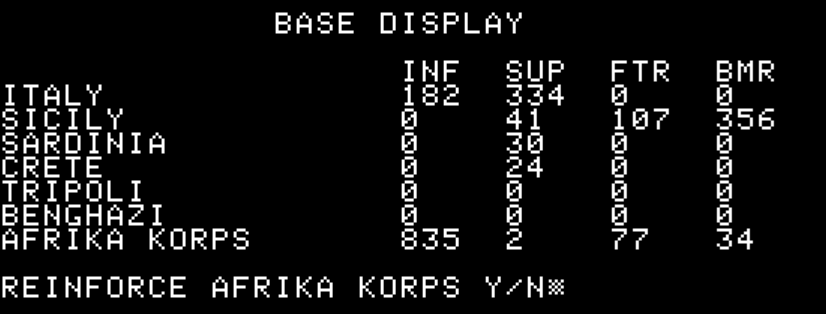
Well, let’s save the Afrika Korps and transform the victory over Malta in a victory in North Africa.
28th of June to 2nd of July – Emergency supplies !
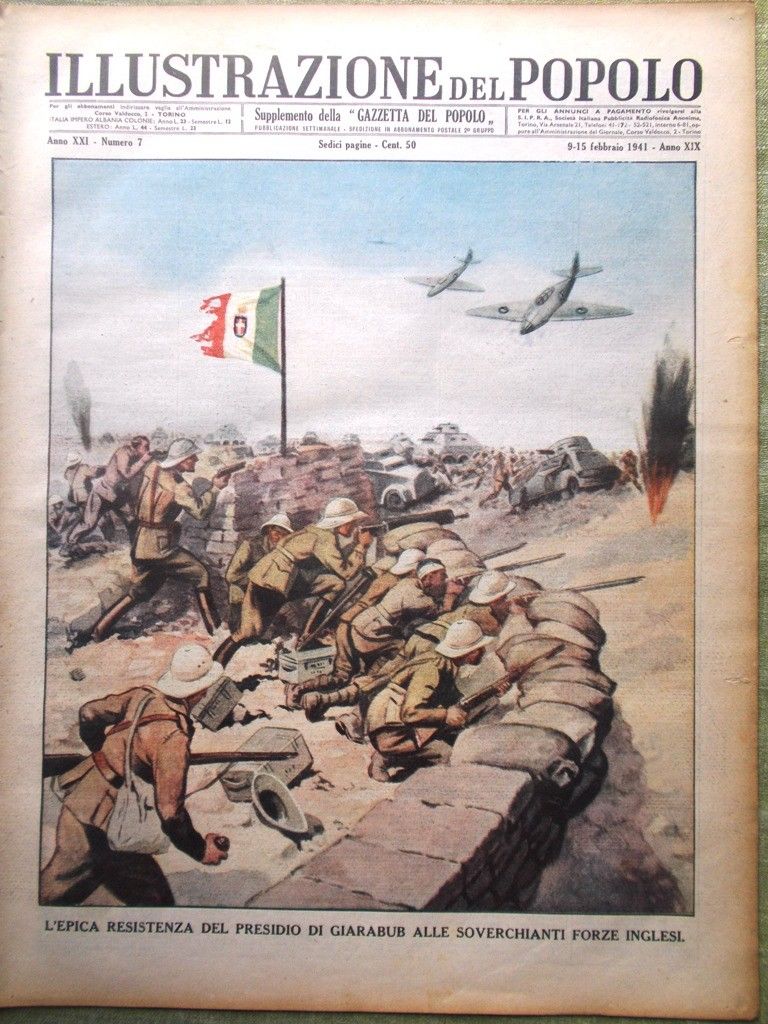
The afternoon of the 28th is spent half-celebrating, half-assessing the difficult situation of the Afrika Korps. It needs supplies now ! Because it has so little, it is losing now battles on land, and its bombers cannot fly any missions. Their advantage in air support gives the enemy a bonus in attack/damage, and a strong handicap to my side. Furthermore, the lack of supplies means my troops receive double damage. Not a winning combination.
There are three problems with transporting supplies quickly though :
- My transport ships are refitting from the landing on Malta,
- The area around Malta is still teeming with enemy submarines,
- Even if they were available, the transport ships are slow and would take several days to reach North Africa, and they need their supplies now – actually yesterday.
There is a solution though : emergency supply runs. I can fit a bit more than one day’s worth of supplies on destroyers, rush to Tripoli, and start unloading the night of the 29th.
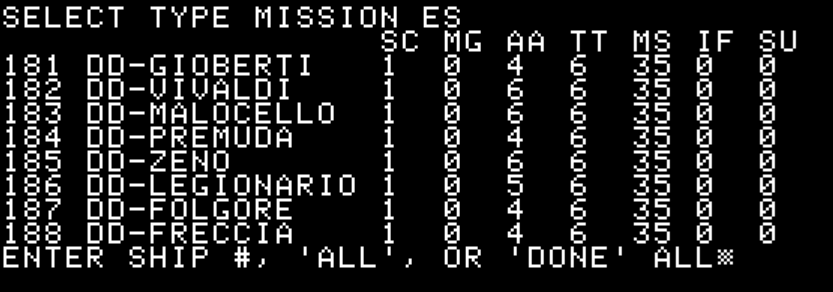
That’s not a lot of supplies, but wait, there is more. My cruiser fleet has a solid destroyer escort, and it should reach safe waters at the end of the 28th. This means I will then be able to detach the destroyers, which could reach their home port the day of the 29th, and immediately leave in the night for another emergency mission with almost 2 days worth of supplies, unloading the night of the 30th ! Hey, it could work !
If I’m correct, the Afrika Korps will only have a really bad time one day (the 29th), and a pretty bad one the 30th, after that I will have just enough supplies to avoid double damage. My larger transport convoy should arrive the night of the 1st, and solve my supply issue for good !

Since I have no supply for planes in Africa, I assign most of them to find & destroy submarines from Sicily, while every single submarine I own patrols around Malta. The fewer British submarines there are, the better I will feel.
The plan unfolds almost as designed. Almost. As expected, combat on the 29th is not going well :

Still, it could have been worse. In the air, the British don’t leverage their numerical advantage as much as they could either :
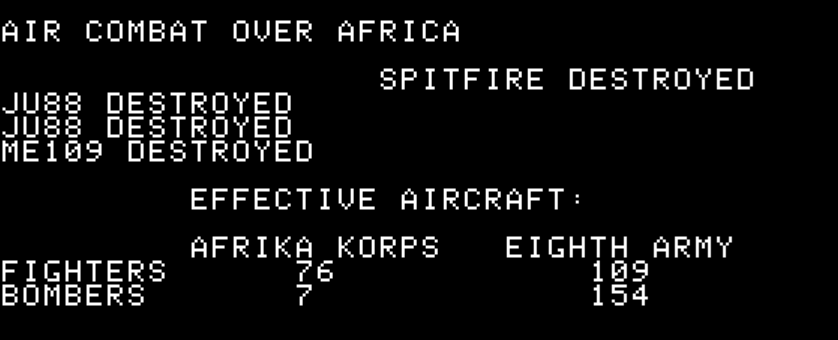
My first emergency run arrives unopposed to Tripoli, and delivers… a meagre 2 supplies. I had misunderstood how emergency supplies work – a destroyer doesn’t carry one supply, but a quarter of that. My second fleet of 13 destroyers is going to deliver exactly 3 supplies with one extra “useless” destroyer. But that 13th destroyer turns out not so useless after all, as a submarine sinks the Bersagliere on its way to Tripoli. Once again, the military motto “always bring extra” proves true.
Sure, I may have overpromised a bit to Rommel but eh at least I sank two more British submarines, at the cost of one of my own U-boats. By the way, it also means that this British emergency run during the battle of Malta did not carry as many supplies as I thought back then.
In any case, the slow transport ship convoy, filled with supplies, that had left Italy the night of the 29th is on its way. Escorted by light cruisers and slow destroyer escorts [DE], it miraculously avoids the British submarines and arrives in Tripoli the night of the 1st. Finally !
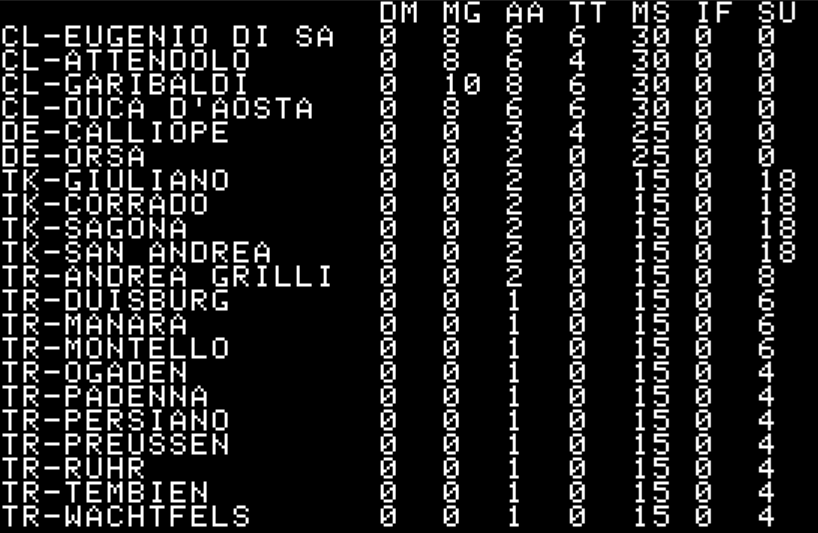
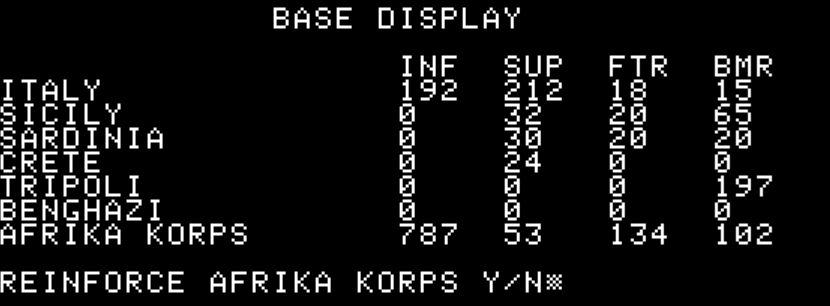
2nd to 12h of July – from Benghazi to Tobruk

With quickly more than 100 in supplies, I immediately bring hundreds of fighters and bombers to Tripoli and then to the Afrika Korps.
I am good on supplies (though not great), my new problem is a relatively low number of infantry companies. I could bring them from Italy, but instead I transfer them from Malta with an “Evacuate” mission – the only way to transfer infantry from Malta to somewhere else.
Meanwhile, I order Rommel to start pushing in Africa, with all-out (level 5) attacks. Every attack, the British step back, and I find myself the 4th of July in front of Tobruk :
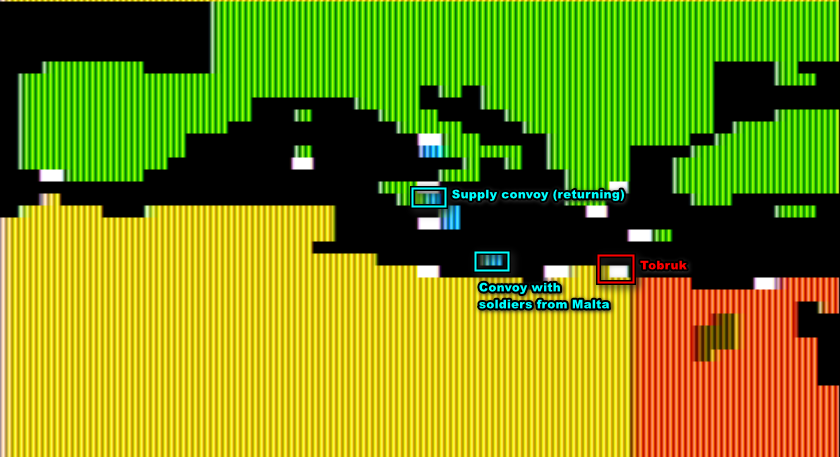
Benghazi is my new favourite North African port to bring my supplies, as it is closer to the front and hence it costs less to transfer supplies from there to the Afrika Korps. Once and only once, bombers from Tobruk tried to attack a convoy : it did not turn well for the British, as fighters intercepted them from Benghazi and they then failed to do any damage.
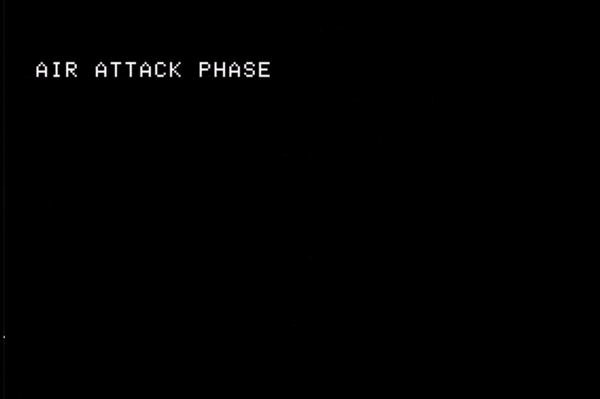
There are also fierce battles above Tobruk and the Eighth Army but slowly, the Luftwaffe and the Regia Aeronautica whittle down the Royal Air Force :
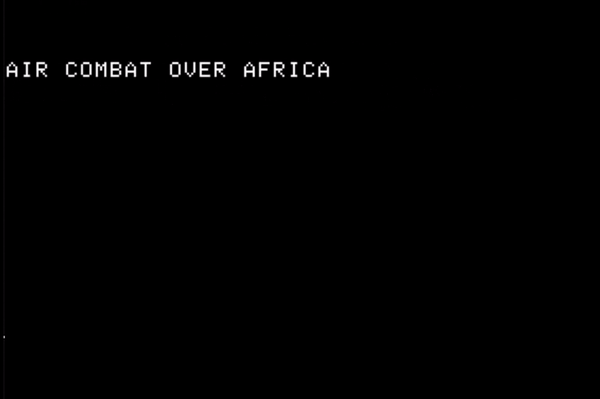
With the men transferred from Malta, I start assaulting Tobruk on the 5th of July :

There are combats in front of Tobruk and above it every day for more than one week. Losses are high on my side, but immense for the British – especially since they have fewer and fewer fighters to protect their bombers, and fewer and fewer bombers to support their infantry. Quite simply, they cannot replace their losses, while I can :

Meanwhile, my supply level is going down. On the 12th, I am down to only 22 supplies, which means only 66 out of my 166 is actually supporting the troops – the rest acts as decoy for the Spitfires.
Finally, the 12th, just as a new supply convoy unloads in Benghazi :

12th to 27th of July – from Tobruk to Alexandria
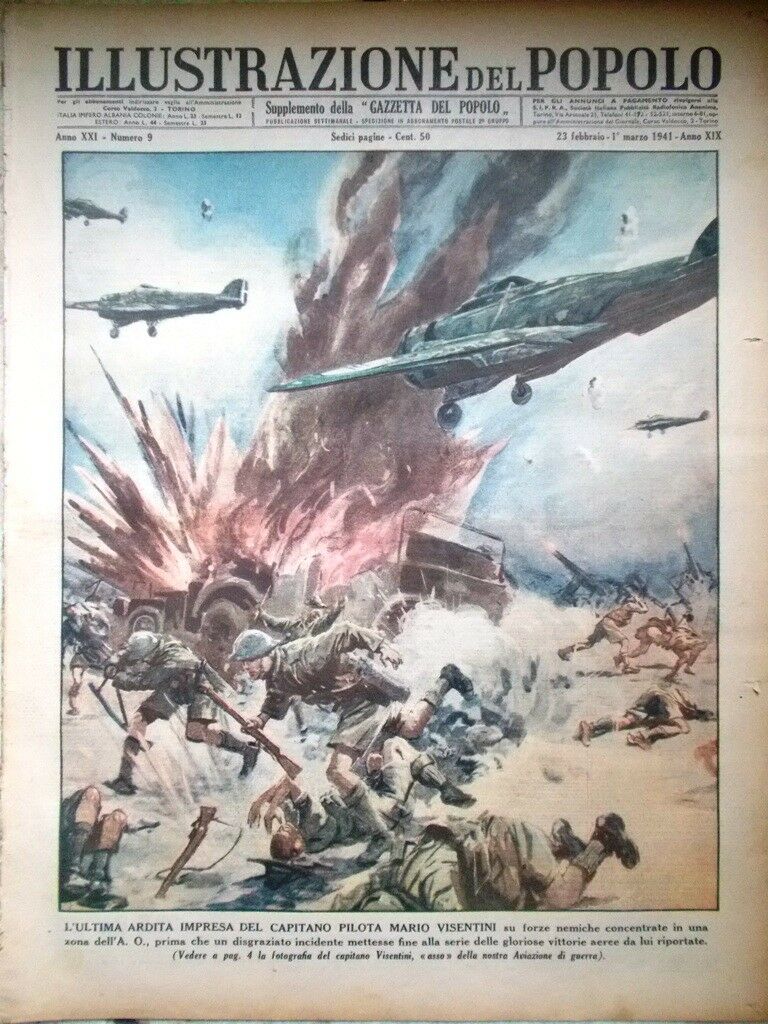
The fortress of Tobruk has fallen, the enemy air force greatly reduced, new supplies have arrived and have not seen an enemy submarine in one week – the stage is perfectly set for a dashing advance on Alexandria !

To support this push, my transport planes stopped transporting supplies and instead bring men : the 197 planes can bring 19 companies (1900 men) every day !
It takes me only 3 days to reach the next, and last, allied defensive line : the Qattara Depression which funnels all troops into a narrow, easily defensible corridor. In game terms, it means that the Allied defensive fire is doubled, and that to advance I need a massive advantage in combat result, rather than just winning the battle.
There, a long battle of attrition starts. I have a decisive advantage in planes, but not enough to eliminate ALL enemy air support :


Five days later, I am still at the same location, except the enemy has fewer planes and, I believe, men :

I am running low on supply again. Ships are on the way, but they have a nasty surprise :

British submarines are back ! I redeploy some of my bombers to Sicily and Benghazi to chase them, and all my submarines and destroyers are ordered to escort my convoy, but that’s not enough : I lose the tanker Corrado and the transports Oceania, Capo Vita and Maritza. At least it costs the Allies 3 submarines, sank by bombers or escorts.
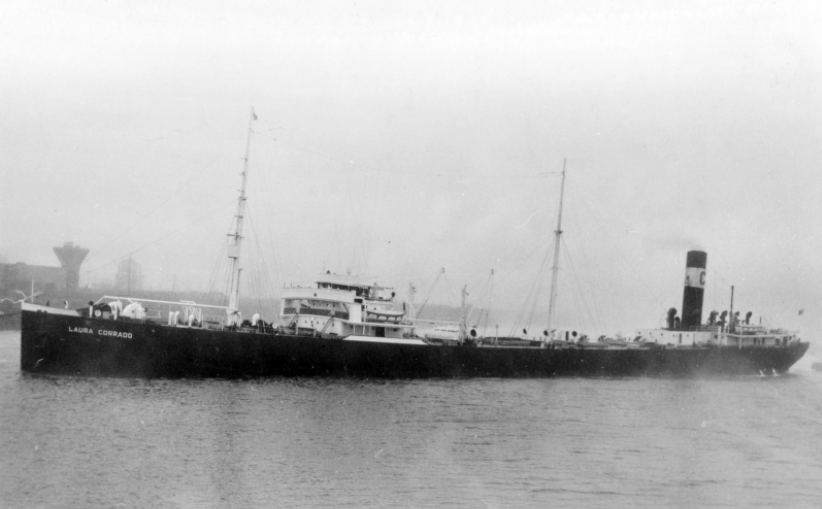
Still, even those ships could unload their supplies before being destroyed. Air combat and air support resume with renewed vigor on my side – at this point I am causing more than 2000 allied infantry casualties every day. On the 24th, I have a massive advantage, and the Brits are running really short on planes :

And finally, I breach the 25th. On the 26th, I pass the depression !

The Devil’s Gardens have crumbled ! There is no more obstacle now, and the 27 of July :
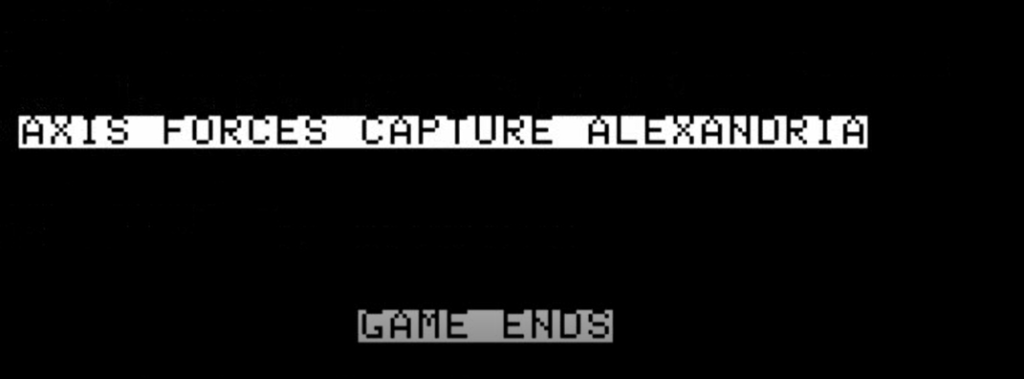
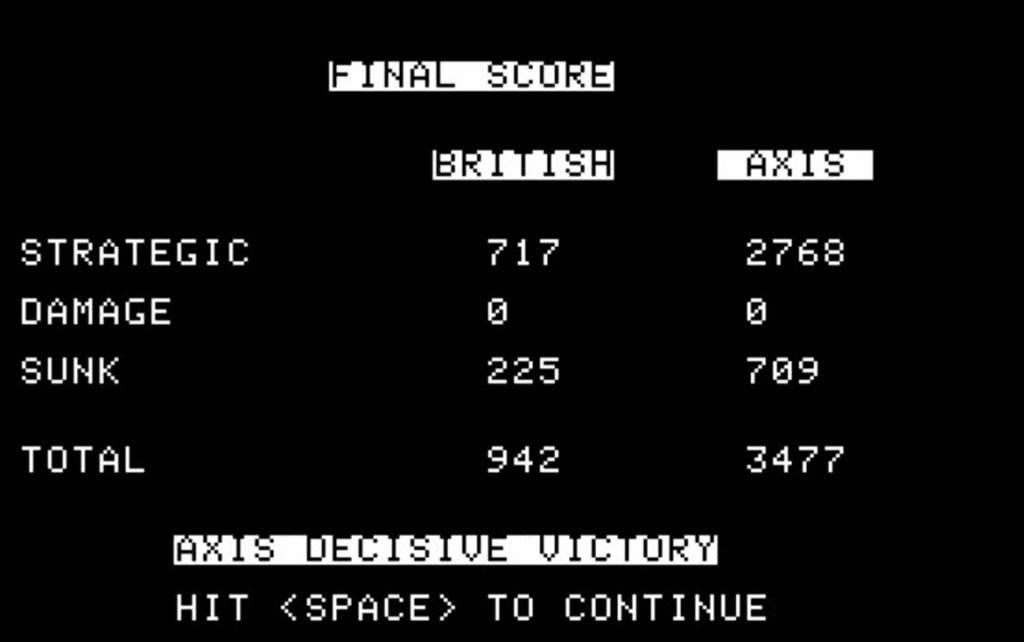
I’ve won ! The British are cut off from their Asian and African colonies. The oil from the Middle East is within reach. What’s next ? Who knows ! Persia ? India in cooperation with the Japanese ? Turkey from all sides ? The possibilities are endless !
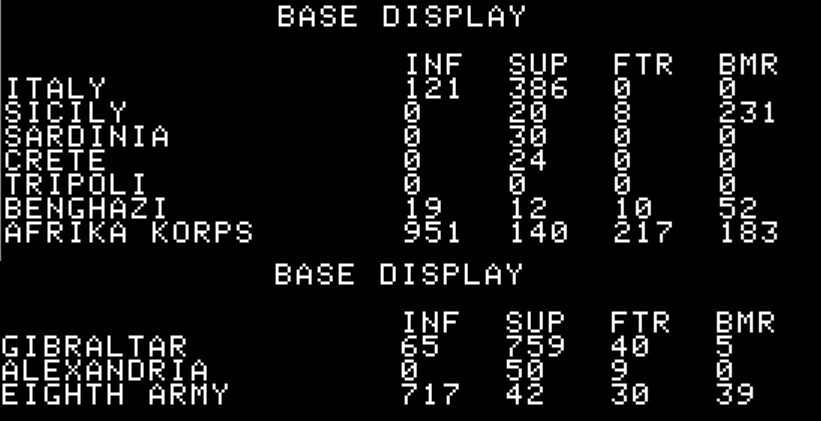
Conclusion
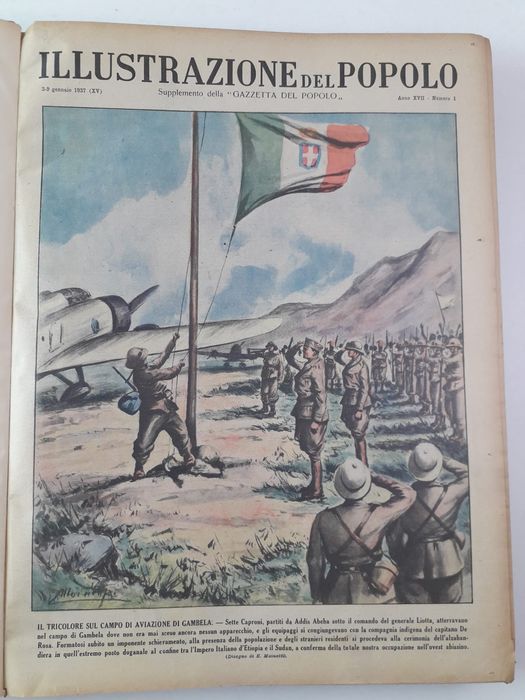
That was shorter than expected – I finished the game in 50 days, with 40 days left to spare. Nonetheless, I feel like I saw as much action in those 50 days (close to 6 hours of playing) of Bomb Alley than in the 120 days (more than 15 hours playing) of Guadalcanal Campaign. In that timeframe, I sank or lost a relatively comparable number of ships, the only thing missing from the former being the intense carriers-against-carriers combat. But then I did not leave the time for Operation Pedestal to trigger – it would have brought the powerful British aircraft carriers in the melee, and probably would’ve increased my tally quite a lot.
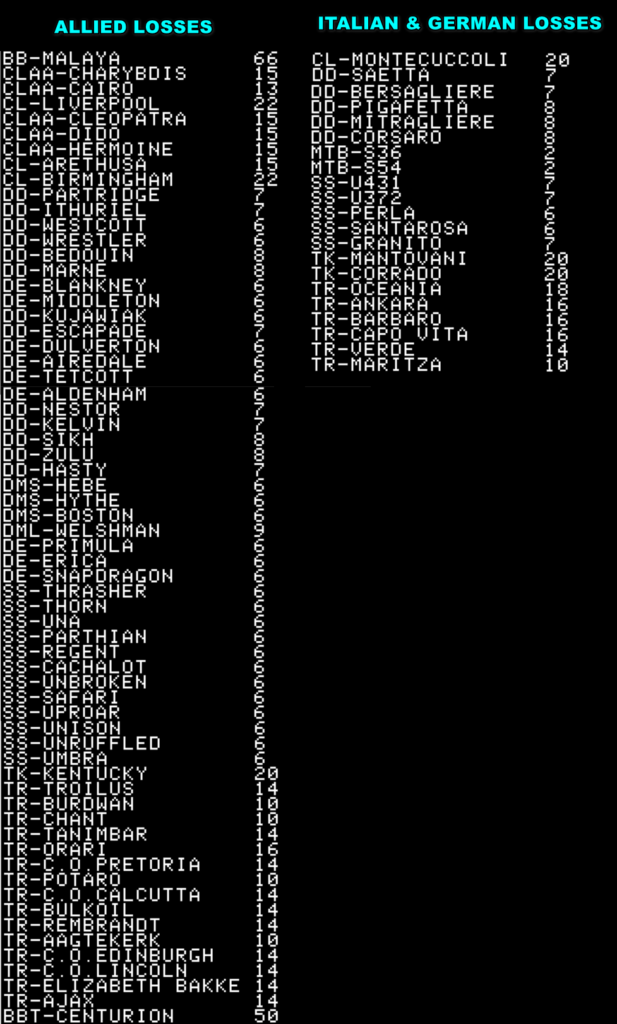
The game had lost its balance after I took Malta, the British did not try anything against my convoys, except one air attack from Tobruk and some submarine raids. Still it took me more than 2 hours to finish the game after the fall of Malta, attack after attack, air patrol after air patrol, without any real opposition.
Still, no regret, I had fun overall. I will formalize a comparison with Guadalcanal Campaign in the upcoming Rating & Review !
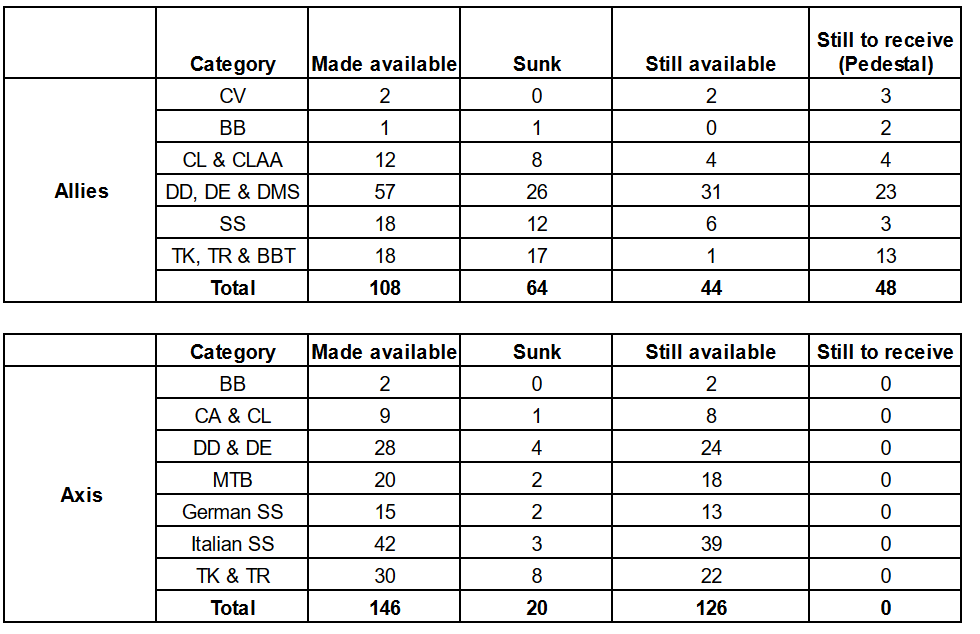
Total duration of the campaign : 5 hours 45 minutes